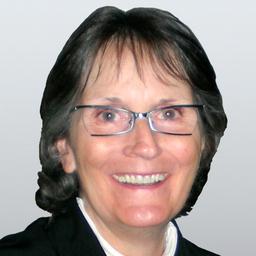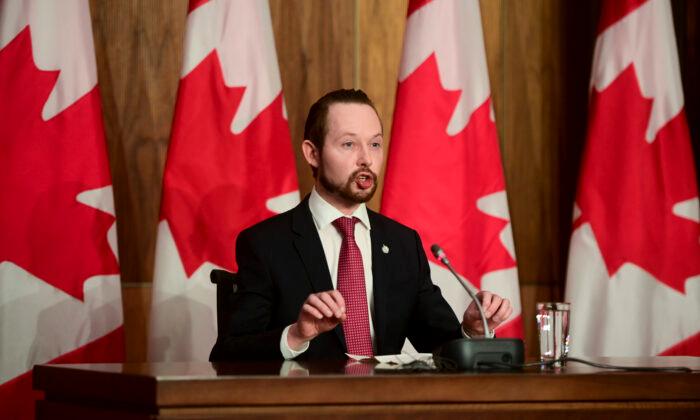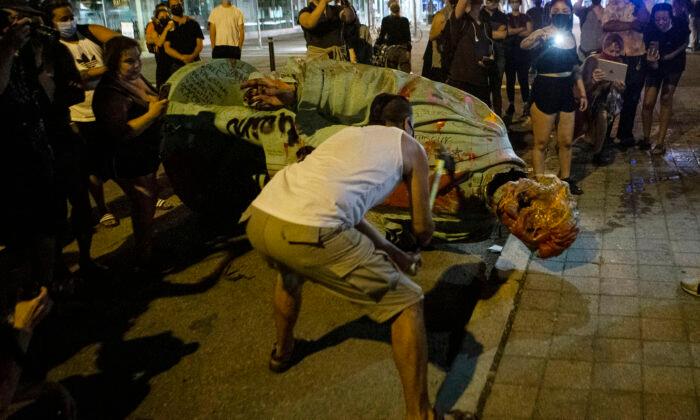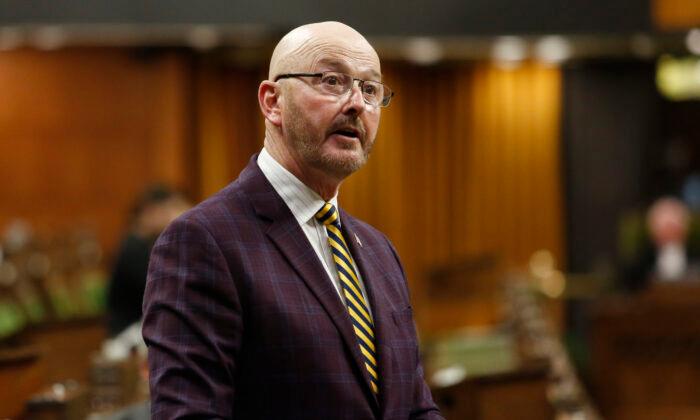It wasn’t until Angelina Steenstra lost her second child due to an ectopic pregnancy that she was able to begin recovering from the years of depression, substance abuse, and self-destructive behavior triggered by the abortion of her first child.
Steenstra was just 15 when she went with an older boy to a party and was raped by him. A few months later she learned she was pregnant. She ended up having an abortion, which she says impacted her psychologically on a deep level.
“I suffered from depression. I suffered from self-hatred, shame, guilt. Emotionally, I couldn’t see myself. I couldn’t look at the girl in the mirror. I hated who I became,” she says.
She blamed the ectopic pregnancy, which happened after she had been married for seven years, on the abortion as well.
“The abortion led me down a road of self-destruction. And with that self-destruction, somewhere along the way, I contracted a sexually transmitted disease, which is why the fallopian tube was blocked, which is why the next child died,” she says.
That was a turning point for Steenstra. As she grieved the loss of her second child, she began to simultaneously grieve for her aborted child as well, finally recovering from the pain and grief.
She went on to start a Canadian chapter of Silent No More Awareness Campaign to help those—both women and men—who have been negatively impacted by the procedure.
With over 300 abortions a day taking place in Canada, not everyone is going to walk away unscathed, she says. “I am only one of millions of women who have suffered from the many after-effects of abortion.”

No Validation
After Steenstra found out she was pregnant, she didn’t know what to do. It was the late 60s, when pregnancy outside marriage was still relatively taboo, and she feared being rejected by her parents, her peers, and her teachers, not to mention how to cope as a single parent.When abortion was floated as a solution—but not by her parents; she didn’t tell them she was pregnant—she opted for it, believing it was “a means of trying to reverse what had happened.”
But partway through the procedure, thoughts began to assail her mind, such as if there really was a baby, and if so, whether it had a soul, and suddenly she had a feeling she had done something terribly wrong.
“I felt like I’d crossed a line,” she says. “I didn’t know how I was going to deal with this, what I was feeling inside.”
As a way to cope, she set about changing everything about herself—her friends, her job, her living circumstances—and that became her pattern for several years, always trying to escape the inner turmoil she was feeling.
“That disordered reaction began to fill me up with anger, pain, and hatred, all directed to myself. I would use alcohol, sex, drugs, to try and numb that pain,” she says.
“I felt like a crazy person. I’m feeling this, but everybody says I should feel differently,” she says. “I once went to a therapist to treat depression. When I said I think it’s rooted in the fact that I had an abortion, there was no validation. It wasn’t even acknowledged that there could be a link.”
She eventually became suicidal. What helped her change course was talking to someone at a call-in Christian TV show and telling her story for the first time and receiving validation for what she was feeling.
‘Abortion Robbed Us on Many Levels’
Having finally found some solace and hope, Steenstra was able to get her life back on track. But after she got married, she turned to drinking, smoking, and self-destructive eating patterns, she says, largely because there were many “triggers,” including not being able to get pregnant and people she knew asking her why she wasn’t having any children.She finally conceived after being married for seven years, but at around nine weeks she had to be rushed to emergency because it was an ectopic pregnancy that had ruptured. The fetus died, but her life was saved. She was told she could never have another child because of the scar tissue left by the infection.
“Yes, my life was saved, but we were never able to have more children. Abortion robbed us on many levels. It didn’t just rob me, it robbed everybody. My whole family was impacted, but they didn’t know. For a long time, they didn’t know. Why was Angelina as she was? What was wrong with her?”
While grieving the loss of that child, she realized the same process would work for the aborted child. She knew intuitively that one was a boy and the other a girl, so she named them, which she says was an important part of the healing process.
So was forgiveness, Steenstra says.
“My only way to make it right was to tell the truth and to accept forgiveness, and to give forgiveness. Because there were many people involved who I needed to forgive, from the government of the country right down to the father of the baby,” she says.
“Even though everyone told me [having the abortion] was right, I knew that there is a law inside of myself that I broke.”





